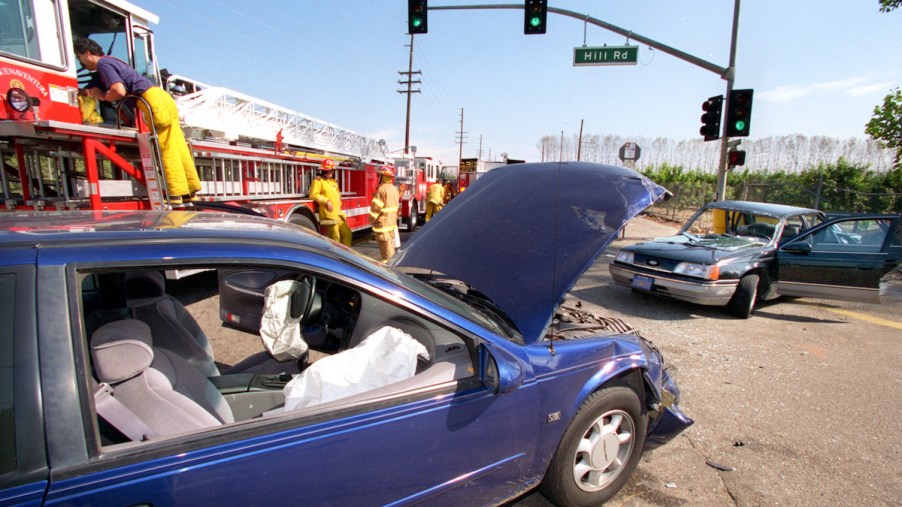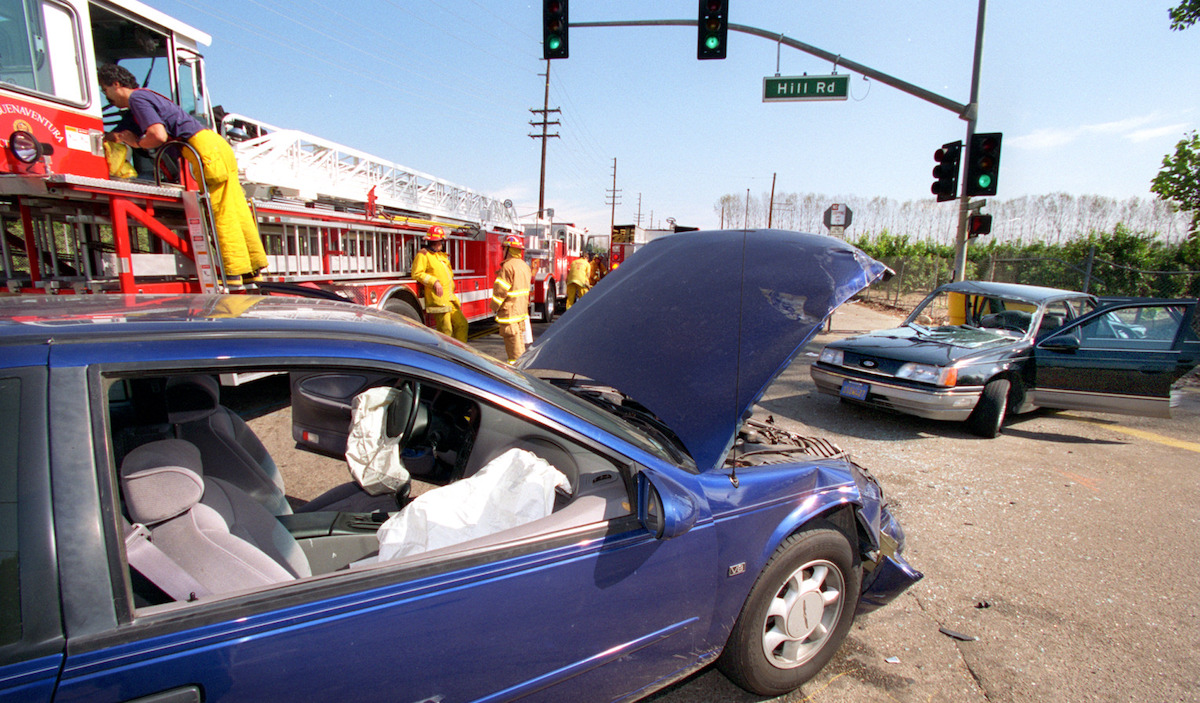
Car Crashes Commonly Involve 2 Female Drivers, According to University of Michigan Study
Are men better drivers than women? Both sides think they know the answer, but the jury is still out. However, a decade-old study reveals some interesting findings on gender and car accidents.
The University of Michigan study on car crashes and gender

A 2011 University of Michigan study shows that two-car accidents involving female drivers make up one-fifth of all car crashes.
Researchers gathered the data from 6.5 million car accidents. They used a nationally representative sampling of crashes from 1988 to 2007 as reported by police. Brandon Schoettle and Michael Sivak of the U-M Transportation Research Institute analyzed the gender effects in six crash scenarios.
Speed, approach direction, and crash angles differentiated the scenarios. The researchers analyzed two-car crash scenarios involving various maneuvers where the vehicles hit head-on, one turned in front of the other, or one sideswiped the other.
The researchers took into account three driver-related factors. They studied the individual driving skills of each driver, along with the probability of being in the wrong place at the wrong time. Then they made comparisons of the actual frequencies of different combinations involving female and male drivers in the six defined crash scenarios with the expected frequencies where the drivers were the same gender.
Why do more car crashes involve 2 female drivers?
The researchers didn’t expect to learn there was a higher percentage of crashes involving two female drivers.
The anticipated frequencies were based on the annual distance driven by female and male drivers for personal use. At the time, it was determined men drove 60% of those yearly distances, while women drove 40%. That being the case, men were expected to be involved in more crashes in each case where driving skills and road conditions were equal.
Researchers discovered that car crashes where two female drivers were involved were overrepresented in five of the six crash scenarios — in two of those scenarios, by as much as 50%, and in two others, by 25% more than anticipated.
In crashes involving male drivers, incidents were lower in four of the six scenarios. When the collision included both female and male drivers, the frequencies were close to what researchers expected.
Though the study doesn’t offer compelling evidence as to why there were more crashes involving two women, there are several theories. Many women are shorter in stature, so they might not have good visibility from the position of the driver’s seat in most vehicles. Researchers also observed that men drive more often than women, so experience behind the wheel could be a contributing factor.
Accidents can be more dangerous for women
Statistics show women are likelier to be injured and killed in car accidents than men. Again, their smaller size is a factor. Many women move the driver’s seat closer to the steering wheel. They can be seriously injured when steering wheel airbags deploy because they are so close to them.
According to Fast Company, poor vehicle design might also play a part in women’s higher likelihood of being harmed in accidents. In 2019, 10,420 women globally died in car crashes, while more than a million were injured.
After conducting four tests, the National Highway Traffic Safety Administration rates every vehicle for safety. These tests simulate the impact of frontal, rollover, side, and side pole crashes. Automakers use those standards to design their cars.
Despite the numbers, the tests use scaled-down male dummies to represent women. Tests for women in the passenger seat use a male dummy measuring 4 feet 11 inches and weighing 108 pounds. It doesn’t account for a woman’s distinct abdominal and chest physiology, muscle structure, or bone density.


